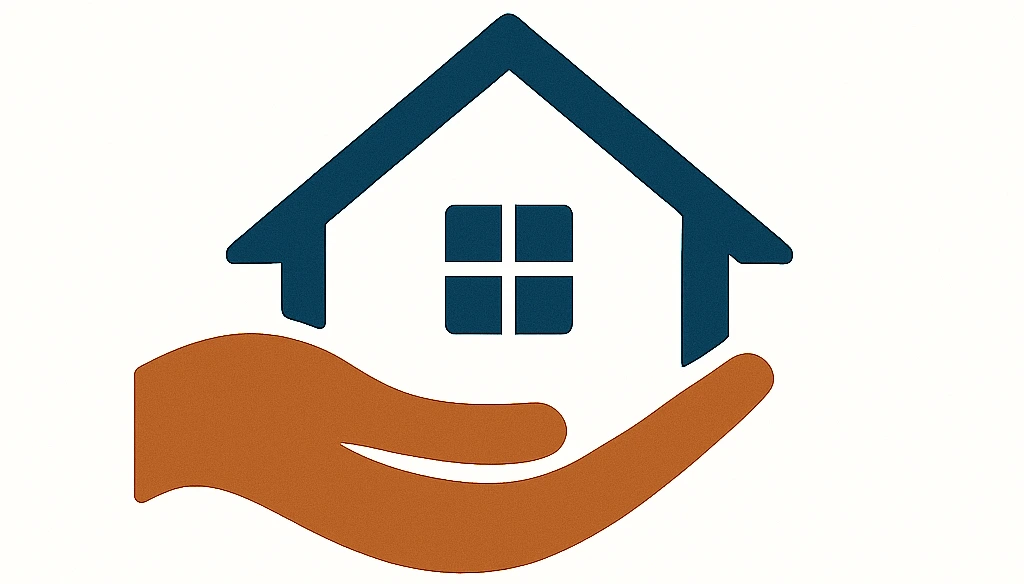Home Building Experts
We take pride in crafting beautiful, durable homes that perfectly fit your lifestyle and vision. Let our skilled team bring your dream home to life with trusted, high-quality building solutions.
Home Building Services
Custom Home Construction
From foundation to finishing touches, we build homes that combine quality craftsmanship with your unique style and needs.
Renovations & Extensions
Enhance your existing home with expertly planned and executed renovations or add more space with seamless extensions.
Project Management
We handle every step of the building process, coordinating trades and ensuring your project stays on time and budget.
Eco-Friendly Building Solutions
Choose from sustainable materials and energy-efficient designs to create a home that’s kind to the environment and your wallet.
BLOGS
How to Plan for Sustainable and Energy-Efficient Homes
By James, Home Building Expert
Building sustainable, energy-efficient homes is becoming increasingly important as homeowners seek to minimize their environmental impact, reduce energy costs, and create healthier living spaces. In my years of experience guiding homeowners through sustainable building projects, I’ve observed that careful planning is essential to achieving the best results. Here is a comprehensive guide on how to plan for a sustainable, energy-efficient home:
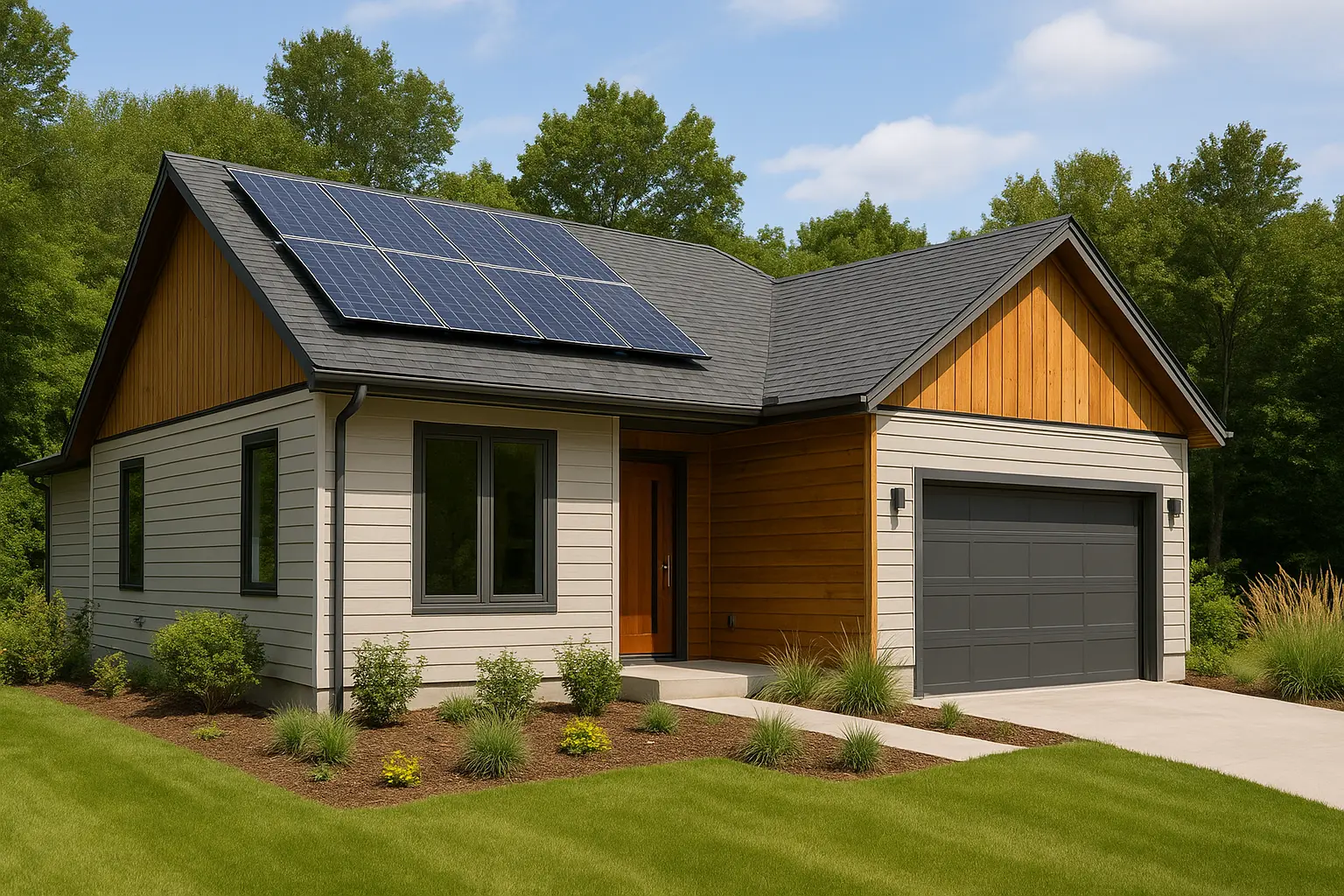
Set Clear Sustainability Goals
Clearly define your sustainability and energy efficiency goals early in the planning stage. This involves decisions about materials, energy sources, water usage, and waste management. Having specific targets helps guide the design and building phases effectively.
Choose the Right Building Materials
Selecting eco-friendly and sustainable building materials is fundamental to energy efficiency. Opt for materials like sustainably sourced timber, recycled steel, bamboo, or recycled composite materials. These options often have lower embodied energy and are more durable and renewable.
Design for Energy Efficiency
Your home’s design significantly impacts its energy consumption. Consider passive solar design principles, including optimal building orientation, window placement, and natural ventilation. Efficient insulation, high-performance windows, and airtight construction can drastically reduce heating and cooling needs.
Incorporate Renewable Energy
Integrating renewable energy solutions such as solar panels or solar hot water systems can greatly reduce your home’s reliance on grid energy. Incorporating battery storage can further enhance your home’s sustainability and energy resilience.
Invest in Energy-Efficient Appliances and Fixtures
Choosing energy-efficient appliances and fixtures is crucial. Look for products with high energy star ratings, water-efficient plumbing fixtures, and LED lighting. This reduces energy consumption significantly without compromising functionality or comfort.
Prioritize Water Efficiency
Water-saving measures such as rainwater harvesting, greywater recycling systems, and water-efficient landscaping can dramatically reduce your household water consumption. Incorporating these systems during the initial planning phase can enhance sustainability and result in long-term savings.
Plan for Effective Waste Management
During construction, substantial waste is generated. Plan to minimize construction waste by opting for prefabricated components, precise material ordering, and recycling or reusing building materials wherever possible.
Consider Indoor Air Quality and Health
Sustainable homes prioritize occupant health. Opt for low-VOC paints, natural fiber carpets, and ensure your home design maximizes natural ventilation and sunlight. These measures enhance indoor air quality, creating healthier and more pleasant living spaces.
Maintenance and Ongoing Improvements
Sustainability doesn’t stop at the construction stage; maintaining and continuously improving your home’s efficiency is critical. Regular checks and updates, including periodic insulation inspections, renewable energy system maintenance, and eco-friendly upgrades, are essential.
Additional Home Improvements
When considering other home improvements, such as a bathroom renovation, opt for sustainable and water-efficient fixtures and materials. These updates not only enhance your home’s aesthetic and functionality but also contribute positively to your overall sustainability goals.
Final Thoughts
Planning for sustainability and energy efficiency requires thoughtful consideration and informed decision-making. By following these guidelines, you can ensure your home is environmentally friendly, energy-efficient, and healthy for you and your family.
As always, if you have any questions or would like personalized guidance for your sustainable home build or renovation project, feel free to reach out. I’m here to help you create a home that meets your sustainability ambitions and lifestyle needs.
Benefits of Hiring a Project Manager for Your Home Build
By James, Home Building Expert
Building a home can be a rewarding yet complex endeavor involving multiple stages, numerous professionals, and significant investments. To navigate this intricate process successfully, homeowners increasingly choose to engage a professional project manager. From my extensive experience in the Australian home-building sector, here are key benefits of hiring a dedicated project manager for your home build:
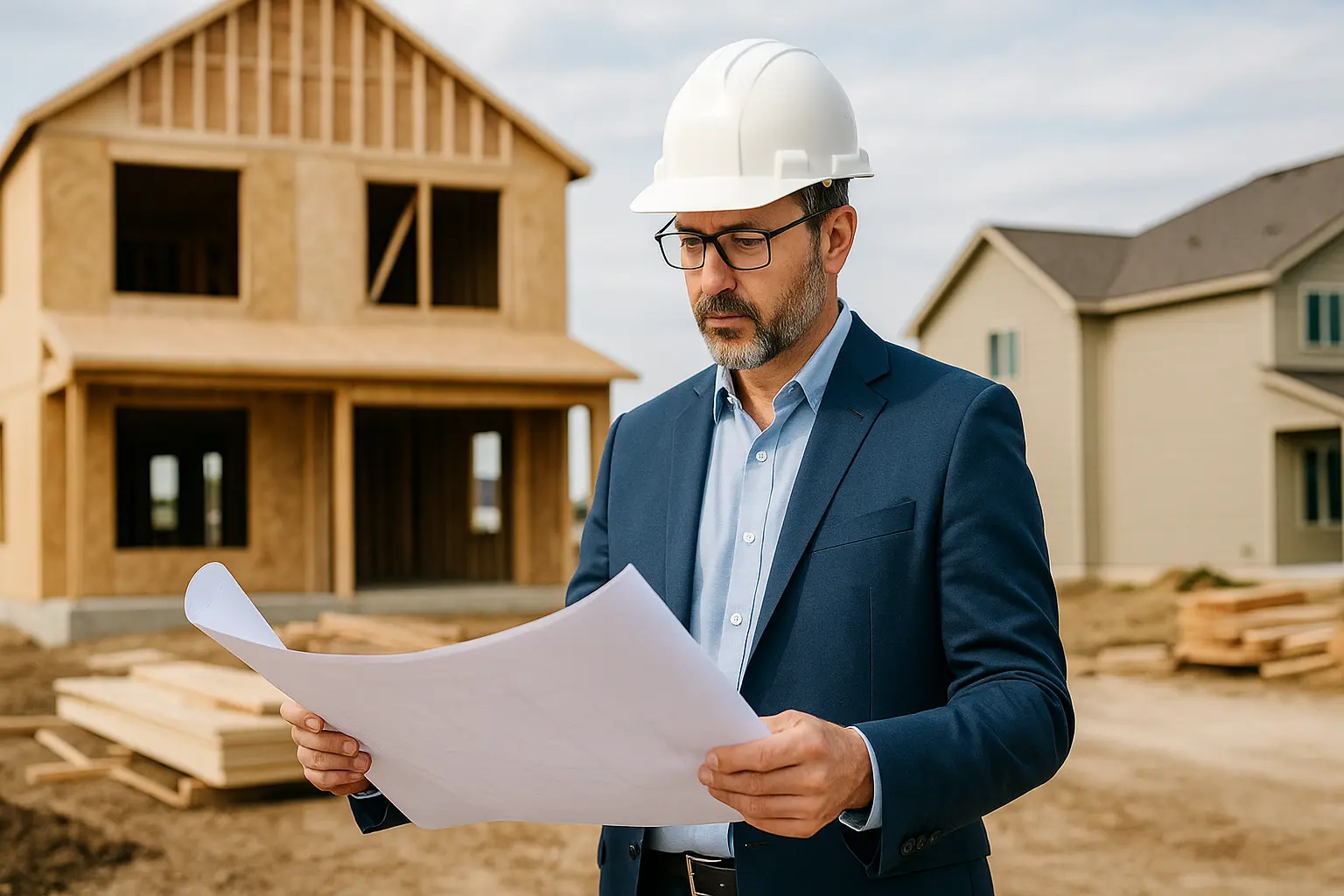
Expert Coordination and Communication
One of the most significant advantages of hiring a project manager is their ability to effectively coordinate between multiple stakeholders, including architects, builders, contractors, and suppliers. Clear, timely communication ensures everyone remains informed, minimizing misunderstandings and delays.
According to the Housing Industry Association (HIA), Australia’s largest residential building organization, effective management can dramatically enhance the efficiency and quality of construction projects.
Budget Management and Cost Savings
A skilled project manager meticulously oversees budget allocation, tracks expenses, and identifies cost-saving opportunities. They are adept at negotiating contracts, ensuring competitive pricing, and avoiding unnecessary costs through careful planning and management. This professional oversight frequently results in significant savings, helping homeowners stay within their budgets.
Risk Mitigation
Every construction project carries potential risks—be it scheduling conflicts, compliance issues, or unforeseen site conditions. An experienced project manager proactively identifies and mitigates these risks, implementing strategies to manage and resolve issues swiftly, reducing stress and safeguarding your investment.
Quality Control
Ensuring your home is built to the highest standards requires rigorous attention to detail and consistent quality checks. Project managers possess the expertise to oversee every stage, ensuring workmanship and materials meet Australian standards and homeowner expectations.
Standards Australia provides clear guidelines for residential construction, and adherence to these guidelines is crucial. Standards Australia outlines necessary compliance and safety standards, and project managers ensure adherence to these essential criteria throughout your home build.
Time Efficiency
Time overruns are common in home-building projects, often leading to increased costs and frustration. Project managers apply proven project management methodologies to ensure your build stays on schedule. They carefully plan timelines, anticipate potential delays, and swiftly address any issues to maintain progress.
Reduced Stress for Homeowners
Perhaps one of the most underestimated benefits of hiring a project manager is the significant reduction in stress for homeowners. Delegating the day-to-day responsibilities and detailed oversight of your home build to a professional means you can focus on the enjoyable aspects, such as design choices and future plans for your new home.
Enhanced Decision-Making
With expert guidance, homeowners make better-informed decisions. A project manager provides valuable insights and advice based on extensive experience, helping you make choices that enhance the quality, value, and longevity of your home.
Final Thoughts
Hiring a project manager for your home build in Australia provides extensive benefits, ensuring efficient communication, effective budgeting, thorough risk mitigation, and uncompromising quality. Investing in professional management significantly enhances your home-building experience, delivering peace of mind and a superior outcome.
If you are about to embark on building your dream home and would like professional assistance, feel free to reach out. I’m here to ensure your project runs smoothly from start to finish.
Common Mistakes to Avoid When Building a New Home
By James, Home Building Expert
Building a new home is an exciting opportunity, but it also comes with many potential pitfalls. Having guided many homeowners through this process, I’ve seen common mistakes that could have easily been avoided. Understanding these mistakes in advance can save you stress, time, and money. Here’s a detailed guide on common errors homeowners frequently make and how you can avoid them.
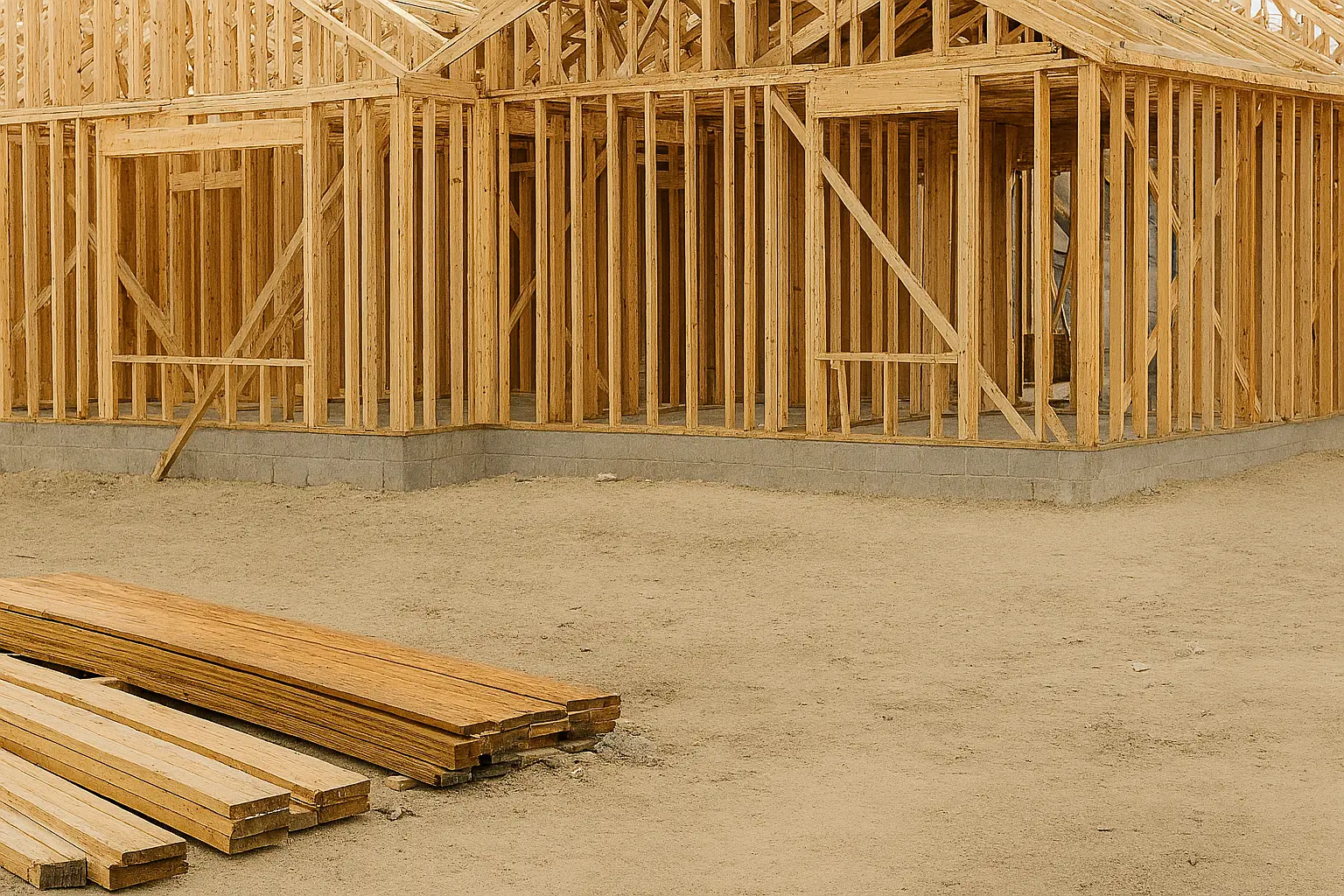
Underestimating Your Budget
One of the most common errors I see is homeowners underestimating the true cost of building. It’s essential to account for not only construction but also permits, fees, landscaping, interior furnishings, and unexpected expenses. Always include a buffer of around 10-15% in your budget to cover unforeseen costs.
Not Thoroughly Vetting Your Builder
Choosing the right builder is critical, and failing to thoroughly vet your builder can lead to significant problems. Always check references, review past projects, and verify licenses and insurance. Look beyond price, focusing on experience, reliability, and communication skills.
Ignoring Contract Details
Contracts protect you as a homeowner. A common mistake is failing to read and fully understand contract terms. Ensure your contract clearly specifies timelines, payment schedules, material specifications, and processes for handling unexpected issues or changes.
Skipping Important Inspections
Some homeowners try to save time and money by skipping inspections. This can lead to costly repairs down the road. Inspections at various stages of construction are critical to ensure your home meets safety standards and quality benchmarks. Make sure inspections are conducted professionally and issues promptly addressed.
Poor Communication with Your Builder
Good communication is the cornerstone of any successful building project. A common mistake homeowners make is assuming everything is understood or clear. Regular, clear communication about expectations, changes, and concerns helps prevent misunderstandings and ensures a smoother construction process.
Overlooking Long-term Needs
Many homeowners focus on immediate needs and forget long-term considerations, such as future family growth, aging in place, or resale value. Take the time during planning stages to consider your future needs, ensuring your home remains functional and comfortable for years to come.
Selecting Trends Over Functionality
While keeping up with current home trends is appealing, prioritizing trendy designs over practical functionality can lead to regrets. Ensure your design choices blend aesthetic appeal with functionality to maintain satisfaction and property value over the long term.
Final Thoughts
Avoiding these common mistakes will significantly improve your home-building experience, making it more enjoyable and successful. Always work closely with an experienced builder, maintain open communication, and thoroughly plan and review every aspect of your project. If you have questions or need further assistance, I’m here to guide you through every step of the way to ensure you build the home of your dreams without unnecessary setbacks.
Step-by-Step Guide to the Home Building Process
By James, Home Building Expert
Building a new home is an exciting journey, but it can also feel overwhelming without a clear roadmap. From the initial idea to moving into your dream home, understanding each phase of the process helps you stay organized, make informed decisions, and avoid surprises.
As someone who’s guided countless homeowners through this experience, I’m sharing a comprehensive step-by-step guide to the home building process. Whether you’re planning your first home or upgrading to a custom build, this guide will give you clarity and confidence every step of the way.
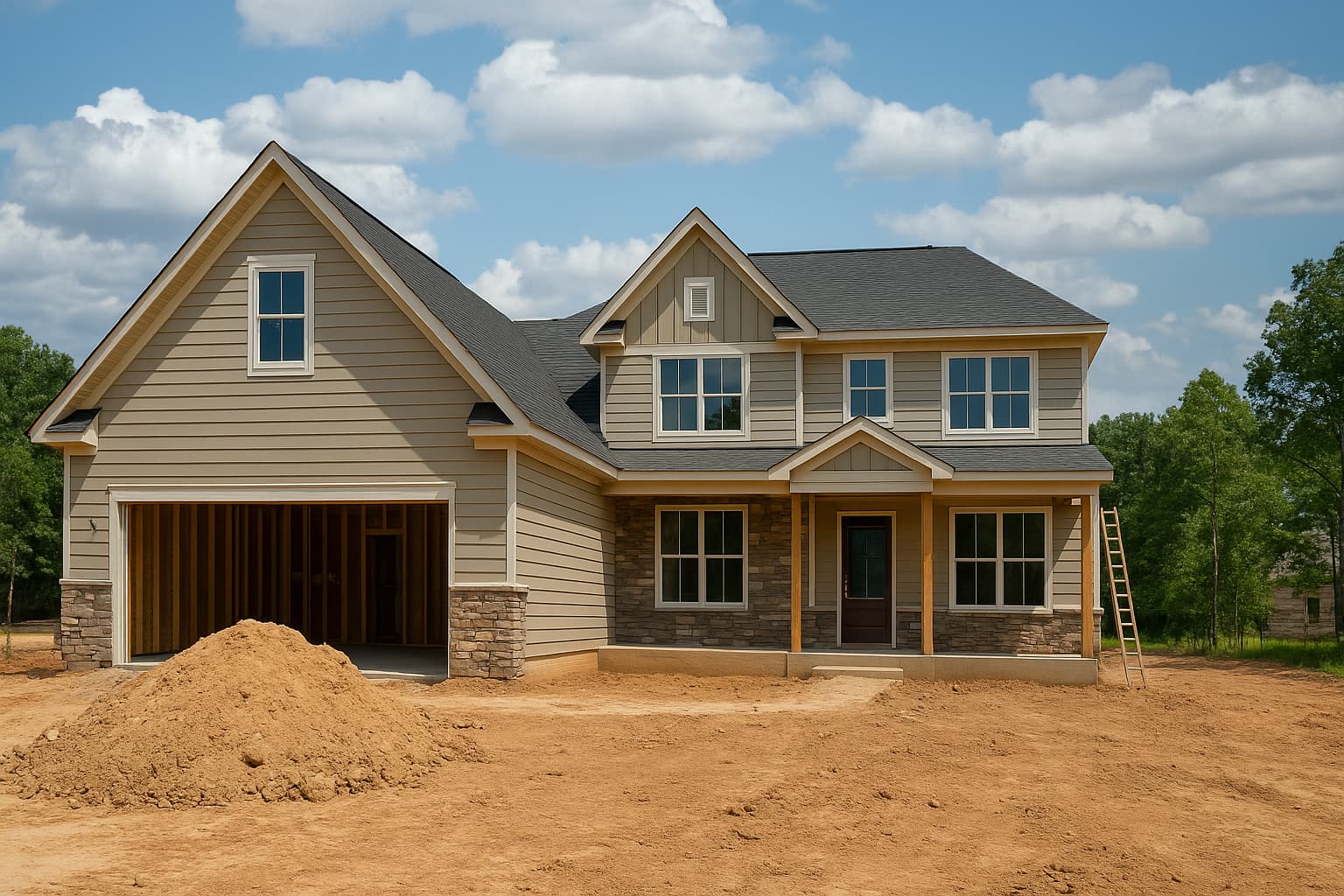
Step 1: Initial Planning and Budgeting
Before you break ground, it’s crucial to define your goals and budget. Determine the size, style, and features you want in your home. Research local market conditions and land prices, and set a realistic budget that includes construction costs, permits, landscaping, and contingencies.
Many homeowners underestimate the full scope of expenses, so it’s wise to consult with a builder early on. This preliminary phase also involves securing financing or pre-approval for a mortgage.
Step 2: Choosing Your Builder and Design
Selecting the right builder is arguably the most important decision you’ll make. Look for builders with proven experience, positive client references, and a transparent approach. Discuss your vision with multiple builders to find one who understands your style and budget.
Once you’ve chosen a builder, collaborate on the design. You can select a pre-designed plan or work with an architect for a custom home. The design phase includes floor plans, elevations, material choices, and interior layouts. It’s essential to be thorough here, as changes later can be costly.
Step 3: Securing Permits and Approvals
Before construction begins, your project must comply with local building codes and zoning regulations. Your builder will submit plans for approval to relevant authorities and secure all necessary permits. This process can take weeks or months depending on your location and complexity of the build.
During this phase, site preparation will also begin. This includes surveying, soil testing, and clearing the land.
Step 4: Construction Phase
The construction phase is when your home truly starts to take shape. It’s typically divided into stages:
- Foundation: Excavation, pouring concrete footings, and foundation walls.
- Framing: Building the skeleton of the house including walls, roof, and floors.
- Mechanical Installations: Electrical wiring, plumbing, HVAC, and insulation.
- Exterior Work: Roofing, siding, windows, and doors.
- Interior Finishes: Drywall, painting, flooring, cabinetry, and fixtures.
Throughout construction, your builder will coordinate subcontractors and schedule inspections to ensure quality and compliance.
Step 5: Final Inspections and Walkthrough
Once construction is complete, a series of inspections verify that the home meets all safety and building standards. After passing these, you’ll conduct a walkthrough with your builder to identify any issues or “punch list” items that need correction.
It’s important to document these and ensure they are resolved promptly before closing.
Step 6: Closing and Moving In
With final approvals and paperwork complete, you’re ready to close on your new home. Your lender will coordinate the transfer of funds, and you’ll receive the keys.
Moving in is the rewarding culmination of months of planning and building. After settling in, be sure to familiarize yourself with home maintenance and warranty provisions your builder offers.
Final Tips for a Smooth Build
Building a home requires patience, communication, and flexibility. Here are some tips to help:
- Stay actively involved and communicate regularly with your builder.
- Keep thorough records of all agreements and changes.
- Prepare for unexpected delays or costs.
- Visit the site often to monitor progress.
- Trust your builder’s expertise but don’t hesitate to ask questions.
Conclusion
The home building process is complex but deeply rewarding. By understanding each phase—from planning to moving in—you’ll navigate your build with confidence and enjoy the journey to your dream home.
If you’re ready to start building or want personalized advice, I’m here to help. Let’s make your vision a reality.
Top Home Building Trends in 2025: What Homeowners Want
By James, Home Building Expert
As a home building professional, I’m constantly observing how homeowners’ preferences evolve. In 2025, significant trends are reshaping how homes are designed, built, and experienced. These innovations reflect shifting priorities, technological advancements, and increased environmental awareness. Here are the top trends homeowners are seeking this year:
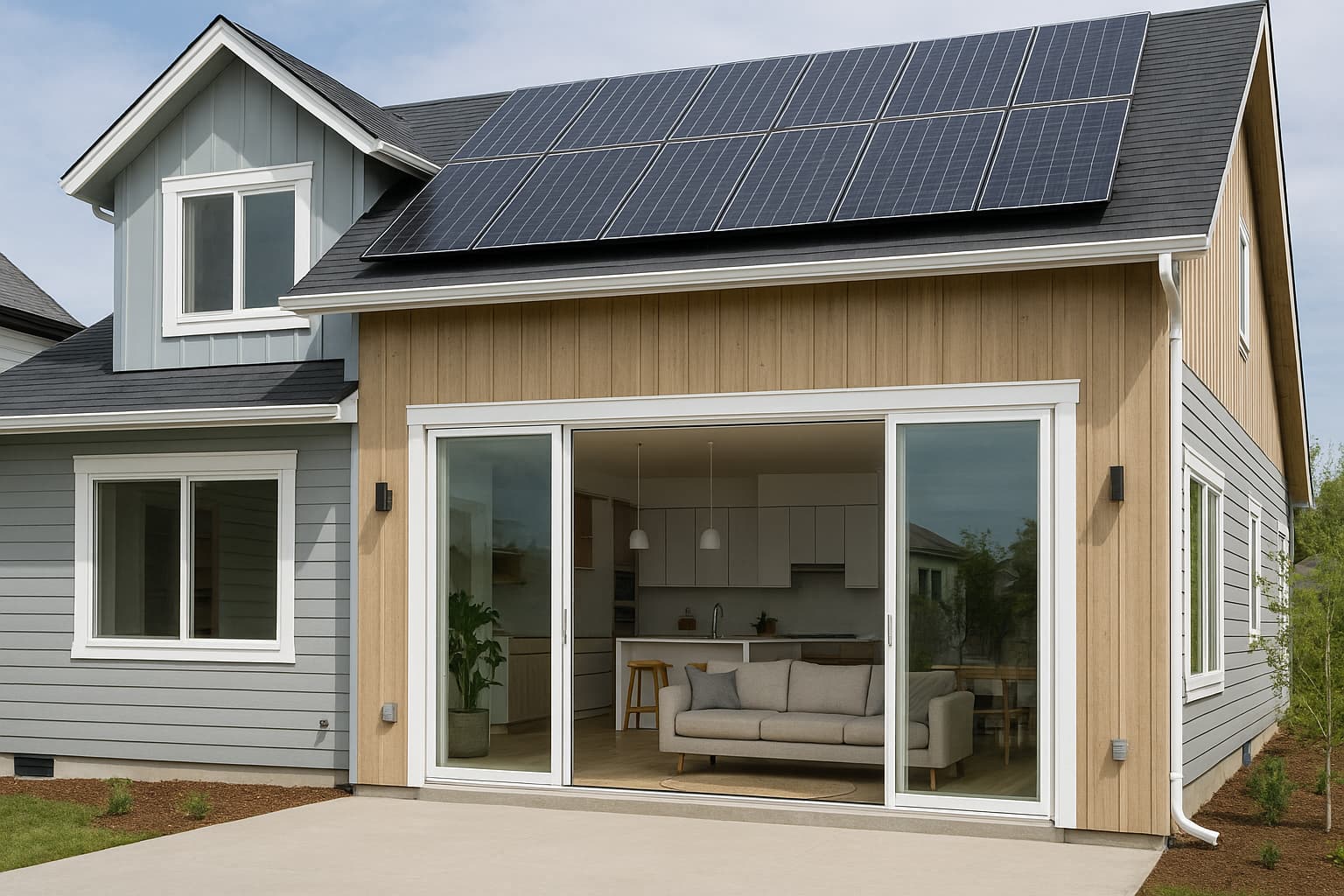
Sustainability and Eco-Friendly Building
Today’s homeowners prioritize sustainability more than ever, opting for eco-friendly designs that minimize environmental impact. Key features include the widespread adoption of solar power, significantly reducing energy bills while promoting clean energy. Homes are now being built with advanced insulation, energy-efficient windows, and high-efficiency HVAC systems. Additionally, sustainable materials like bamboo flooring, recycled glass countertops, and low-VOC paints are gaining popularity.
Smart Home Technology
Smart home technology has become essential rather than luxurious. Automated lighting, heating and cooling systems, security features, and smart appliances are commonplace in new homes. Voice assistants such as Alexa and Google Home are integrated throughout living spaces, while advanced security systems now incorporate facial recognition, remote monitoring, and enhanced surveillance capabilities.
Flexible and Multipurpose Spaces
Homes are increasingly versatile, designed to adapt to modern lifestyle needs. Dedicated home offices with integrated technology accommodate remote work. Open-plan living areas can be flexibly adapted for dining, entertaining, or relaxation. Multipurpose rooms easily transition from gyms to guest rooms or play areas to home theaters, reflecting the dynamic lifestyles of homeowners.
Enhanced Outdoor Living Spaces
Outdoor living areas continue to rise in popularity, with homeowners seeking greater indoor-outdoor connectivity. Outdoor kitchens and dining spaces, complete with grills and refrigeration, are standard additions. Thoughtfully landscaped gardens and patios provide tranquil settings for relaxation and entertaining, complemented by smart outdoor technologies like automated lighting, irrigation, and integrated audio systems.
Health and Wellness Focus
Wellness-oriented designs are now paramount, emphasizing healthier living environments. Advanced air filtration systems, enhanced ventilation, and humidity controls improve indoor air quality. Homes increasingly incorporate larger windows and skylights to maximize natural light, benefiting both mental and physical health. Dedicated wellness rooms for fitness, yoga, meditation, and relaxation are becoming standard.
Customization and Personalization
Personalization has become a key demand among homeowners. Customized floor plans tailored to family size, work habits, and individual preferences are now commonplace. Homeowners seek unique finishes, custom cabinetry, artisanal elements, and distinctive lighting fixtures. Additionally, personalized technology setups ensure homes are tailored precisely to individual lifestyle preferences.
The home building trends of 2025 underscore a desire for homes that are beautiful, functional, sustainable, smart, and wellness-oriented. By understanding and incorporating these evolving preferences, builders and homeowners alike can ensure their homes remain relevant, efficient, and enjoyable for years to come.
I encourage you to thoughtfully integrate these trends into your projects to build a home that truly aligns with your vision and lifestyle. For questions or further guidance, feel free to reach out—I’m here to support you every step of the way.

How to Choose the Right Home Builder for Your Dream Home
By James, Home Building Expert Building your dream home is one of the most exciting and significant investments you will
